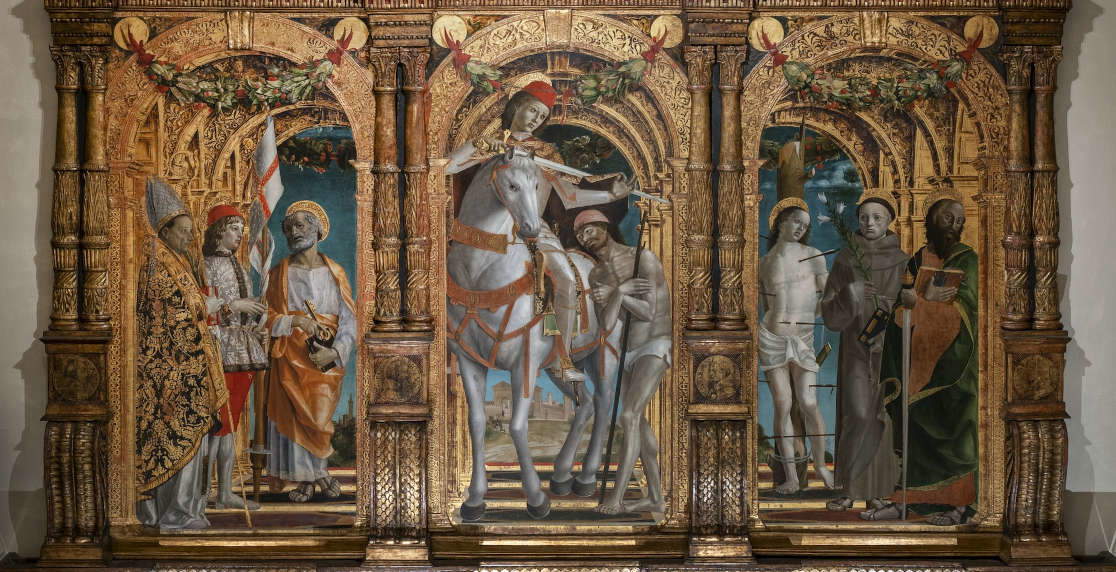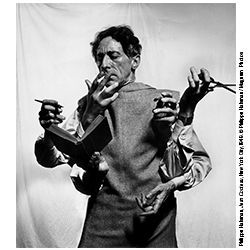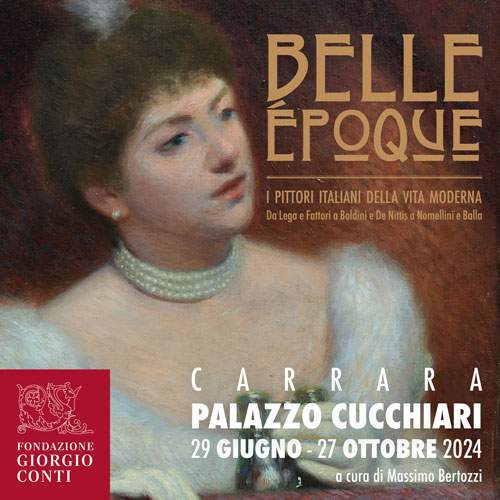New light for Treviglio polyptych, masterpiece of Lombard 15th century
New light for the Polyptych of St. Martin, a masterpiece of 15th-century Lombardy created between 1485 and 1505 by Bernardo Zenale and Bernardino Butinone. The work has in fact received new lighting thanks to a project by Studio Switch and solutions provided by Linea Light Group. The lighting project was initiated by the Parish of San Martino and approved by the Commission for Sacred Art of the Curia of Milan in December 2019: the project was later suspended, coinciding with the parish’s decision to move the work to another location than where it is historically attested.
In February this year, in fact, the painting was moved from the Basilica of San Martino in Treviglio (Bergamo), the place where it has adorned the high altar since its inception (although the building has been remodeled over the centuries), to the former church of San Giuseppe ai Pellegrini, next to the basilica, which was refitted for theoccasion as a museum (it was called the “Sala del Polittico”), partly for conservation reasons, since in the new location it is easier to create the microclimate suitable for the work, and partly for reasons related to its enhancement. As a result, lighting had to work around the new architectural constraints, as well as the need to enhance the work’s golden hues. The solution found involved the use of two lines of projectors: one integrated into a base structure to illuminate the lower half and a second suspended one to illuminate the upper half. The lighting system uses ten Pound Shaper profilers and ten Pound projectors with diffused optics, strategically placed to ensure optimal light distribution. The warm white light source, with a color temperature of 3000 K and a color rendering index of 98, ensures faithful color reproduction. Dimming via DALI protocol offers flexibility to adapt to different requirements.

The “Hall of the Polyptych” is ideally divided in two by a central arched structure; although unique, the two distinct environments are clearly perceived, also thanks to the contribution of the lighting solutions adopted. On one side, Zenale and Butinone’s polyptych; on the other, an area in front of it that - when the audio/video system is inactive - welcomes visitors with wide-beam Pound projectors, for indirect diffused light on the vault that restores an ambient effect, and narrower-beam projectors dedicated to the desk, all combined with the lighting of the Polyptych dimmed to 10%.
Paolo De Bellis and Stefano Bragonzi, co-founders of Studio Switch, say, “Given the size of the Polyptych, being able to adapt to the reduced distance between the possible position of the projectors and the object to be lit was perhaps the greatest difficulty. Addressing these constraints by identifying the most suitable fixtures proved complex. The solution was to choose luminaires that would help the storytelling, with the use of light mixed between profiled and diffuse lighting.”
The demands, they add, “were multiple: we needed a light that would accentuate the narrative of this Polyptych and its grandeur. The work is actually divided into several panels that needed to be told one by one, through light. Plus we had to show in its splendor all the architecture of the Polyptych as well. So if we had used only a profiled light, we would have excluded the parts of architectural decoration, because in its own small way the Polyptych is an architecture. If, on the other hand, we had used only more diffuse lights, we would not have met the requirement of having profiling of every single panel. The mix of both types of projectors then led us to dialogue with the audio/video guide system and provide the flexibility that the client was looking for. The result was to have two overlapping light layers: a very light layer with a softer light that illuminates the entire Polyptych and then an overlapping layer that allows us to admire the details on each individual panel within the Polyptych.”
 |
| New light for Treviglio polyptych, masterpiece of Lombard 15th century |
Warning: the translation into English of the original Italian article was created using automatic tools. We undertake to review all articles, but we do not guarantee the total absence of inaccuracies in the translation due to the program. You can find the original by clicking on the ITA button. If you find any mistake,please contact us.





















